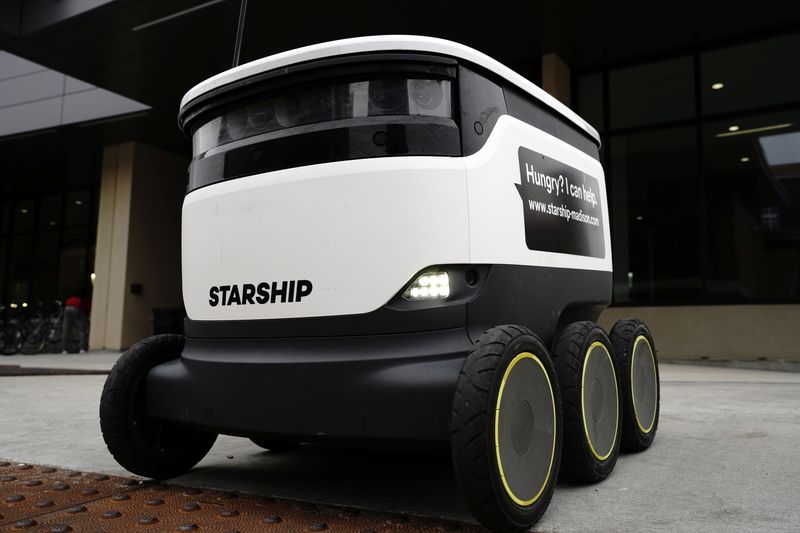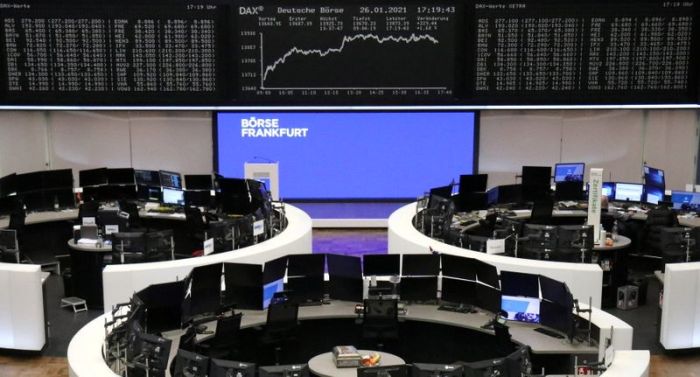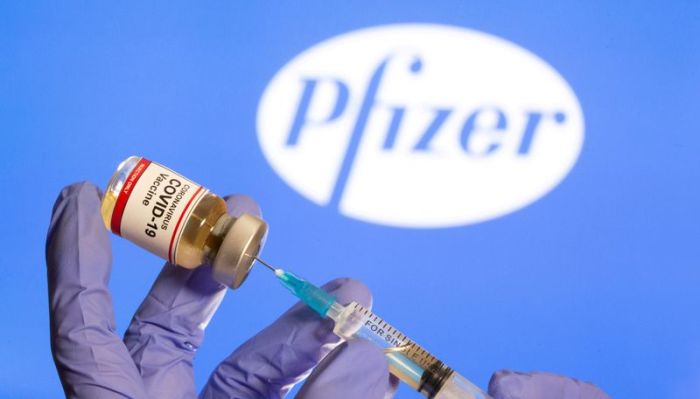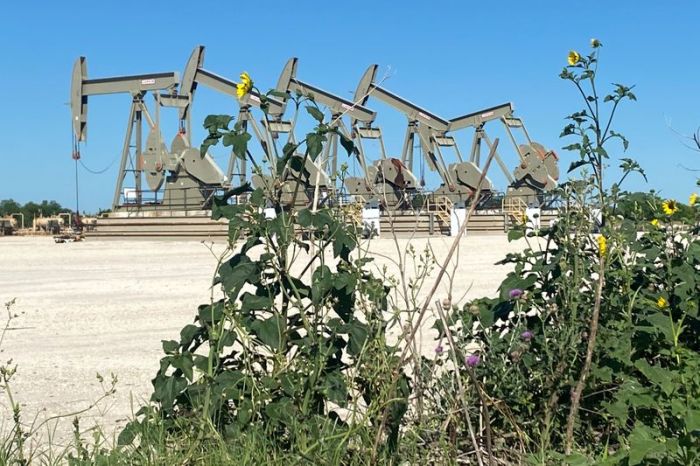(Reuters) – For the first time last year, most of the robots ordered by companies in North America weren’t destined for automotive factories.
The shift is part of a long-term trend of automation spreading into more corners of the economy which was accelerated by the COVID-19 pandemic. Online retailers have scrambled to expand capacity as more people buy goods online, while food and other types of factories have seen automation as a tool to keep lines running and workers safely separated.
Shipments of robots rose to 31,044 in 2020, a 3.5% increase over the prior year, with 52% going to plants that make things such as consumer goods and pharmaceuticals, according to data compiled by industry group the Association for Advancing Automation.
The orders were valued at $1.57 billion in total.
Orders by life sciences, pharmaceutical and biomedical companies rose 69% last year, the group reported, while demand from food and consumer goods companies grew by 56%.
“There’s definitely been an upturn in particular areas because of the pandemic,” said Alex Shikany, the group’s vice president of membership and business intelligence. “The value proposition of automation is always efficiency, but with a pandemic it’s also a way to space workers out and to run factories 24 hours a day without disruptions.”
The robot industry, like most manufacturers, was hit hard during the pandemic as global supply chains ground to a halt and businesses closed. But business snapped back later in the year. Robot shipments in the fourth quarter were the second highest in history, up nearly 64% from the year-ago period, the report said.
The auto industry, a mix of assembly plants and parts suppliers, has long dominated the market for robots, although the level of demand can fluctuate depending on how many automakers are retooling for new models. Automotive accounted for two-thirds of robot shipments in 2017.
Procter & Gamble Co. is among the non-automotive companies using more automation in its factories and warehouses.
Mark Lewandowski, the company’s director of robotics innovation, said that a decade ago, there was less machinery specifically designed for factories that made things like food or soap.
“Automotive was the big gorilla in the room,” he said, but that’s changed. Over the past year, for instance, P&G was able to move quickly in response to the pandemic to install more robots in facilities that bundle together goods into special packaging.
“Traditionally that was done manually,” he said, because the machines that could have automated it were expensive and lacked the flexibility needed to constantly switch between packaging different combinations of goods. But with new urgency to separate workers to keep them safe and the availability to cheaper and more flexible machines, it was doable, he said.
(Reporting by Timothy Aeppel; editing by Richard Pullin and Dan Burns)























